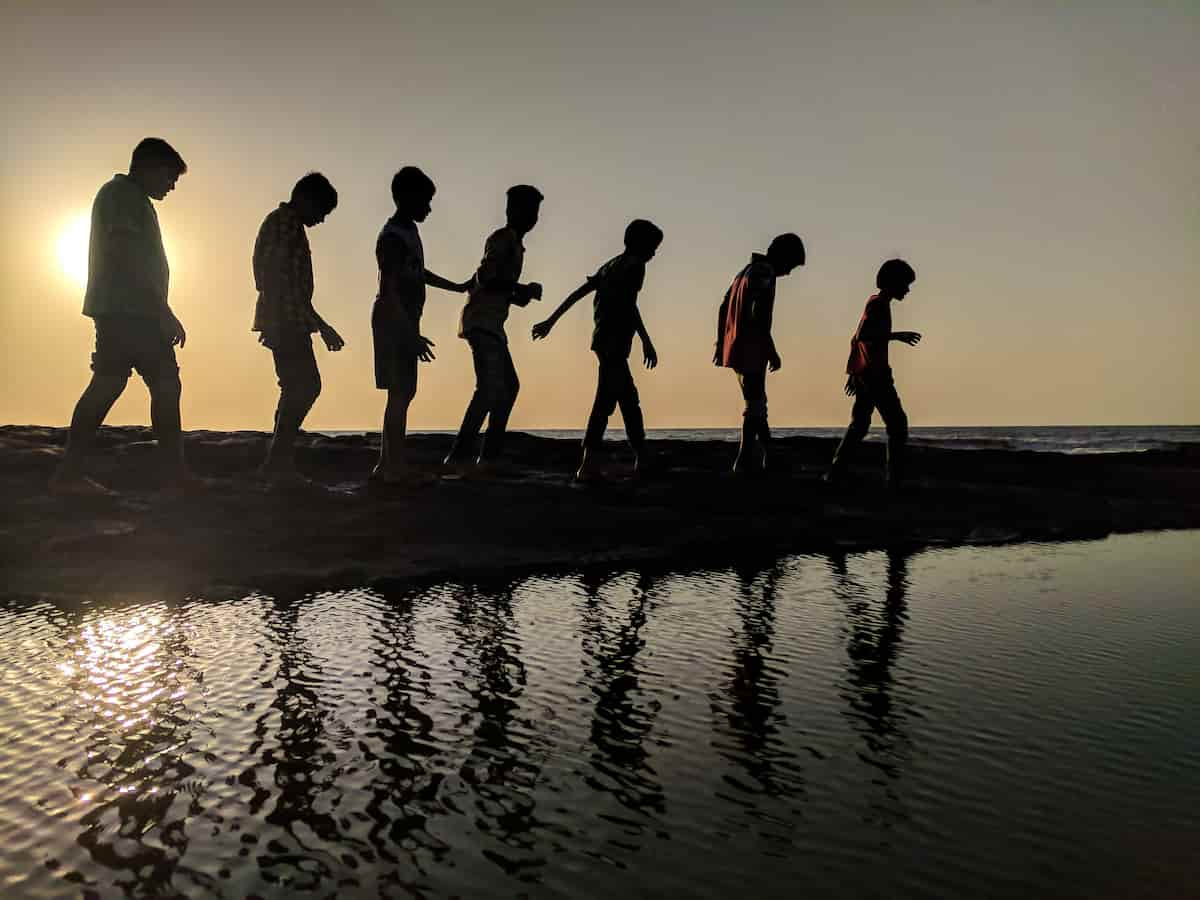The Robbers Cave Experiment, conducted by Muzafer Sherif in 1954, remains one of the most significant studies in social psychology.
Why the Robbers Cave Experiment is crucial for understanding group dynamics
The Robbers Cave Experiment was a landmark study designed to investigate how intergroup conflict emerges and whether it can be mitigated (Sherif et al., 1961).
The research was conducted at a summer camp in Robbers Cave State Park, Oklahoma, and involved 22 boys aged 11–12.
The boys, all strangers, were divided into two groups: the Eagles and the Rattlers.
The experiment had three stages, each addressing a different aspect of group behaviour and intergroup relations: group formation, conflict induction, and conflict resolution.
The results revealed the profound impact of competition and cooperation on group dynamics, providing a foundational understanding for Realistic Conflict Theory.
Key findings that changed social psychology forever
Sherif’s study demonstrated how easily group identities form and how quickly intergroup hostility can escalate.
In the first phase, “group formation,” each group independently bonded through activities such as hiking and swimming.
The boys developed a strong sense of identity within their groups, giving themselves names and creating flags and mottos.
The second phase, “conflict induction,” introduced competition between the groups through games like tug-of-war and treasure hunts.
The stakes, including prizes, escalated tensions, leading to name-calling, physical altercations, and a sense of animosity between the Eagles and the Rattlers.
In the final phase, “conflict resolution,” Sherif introduced superordinate goals—challenges that required the groups to work together.
These tasks, such as repairing a shared water supply and pulling a stranded truck, gradually reduced hostility.
By the experiment’s conclusion, the boys expressed a willingness to collaborate and even shared resources.
The experiment unpacked: methods, phases, and results
Group formation phase
The boys were carefully selected to ensure they were from similar backgrounds, reducing confounding variables.
During the first phase, they were kept apart, fostering internal group cohesion.
This process demonstrated how quickly individuals develop an “in-group” identity when placed in shared circumstances.
Conflict induction phase
Once each group established its identity, Sherif introduced a series of competitive activities.
The rivalry was deliberately escalated, highlighting how competition over scarce resources creates intergroup tension.
This phase illustrated the ease with which hostility can arise, even between groups with no prior animosity.
Conflict resolution phase
Superordinate goals played a key role in this phase.
Challenges that neither group could solve alone, such as retrieving supplies or overcoming logistical obstacles, necessitated cooperation.
As the groups worked together, their perception of each other shifted, leading to reduced hostility and increased mutual respect.
What critics say: unpacking ethical and methodological challenges
While groundbreaking, the Robbers Cave Experiment has faced criticism, particularly regarding ethics and validity.
Sherif employed deception, as the boys were unaware they were participating in a psychological study.
This raises questions about informed consent, especially as the participants were minors.
Furthermore, critics have pointed out potential bias in Sherif’s data interpretation.
The study’s limited sample size and homogeneous demographic—white, middle-class boys—restrict the generalisability of its findings.
Despite these issues, the experiment’s controlled design and profound insights continue to be celebrated in social psychology.
Modern applications: lessons for leadership and conflict resolution
The lessons from the Robbers Cave Experiment extend far beyond the academic sphere.
In organisational settings, Sherif’s findings highlight the dangers of unchecked competition and the benefits of fostering shared goals.
For example, workplace conflict often arises when teams compete for limited resources, such as budget allocations or recognition.
By introducing common objectives that require collaboration, leaders can mitigate tensions and build a more cohesive workforce.
The experiment also offers valuable insights for addressing societal conflicts.
Initiatives that encourage cooperation across racial, cultural, or political divides can reduce prejudice and foster understanding.
Superordinate goals, such as tackling climate change or addressing public health crises, provide opportunities for diverse groups to unite.
Conclusion: bridging divides with lessons from the past
The Robbers Cave Experiment remains a cornerstone of social psychology, offering timeless lessons on the nature of group behaviour.
Its findings underscore the importance of understanding how competition and cooperation shape relationships, whether in small teams or entire societies.
By applying these insights, we can navigate modern challenges, bridging divides and fostering unity in an increasingly interconnected world.
This study, though conducted decades ago, continues to illuminate the pathways to reducing conflict and building a more harmonious future.

